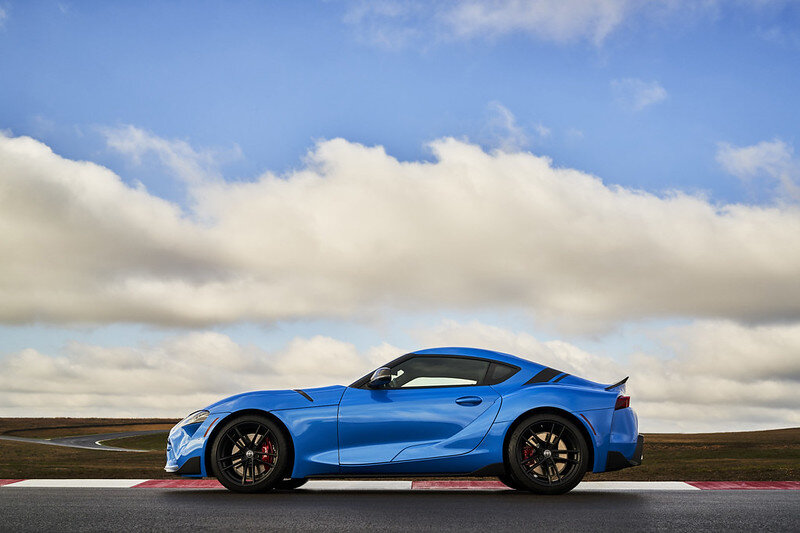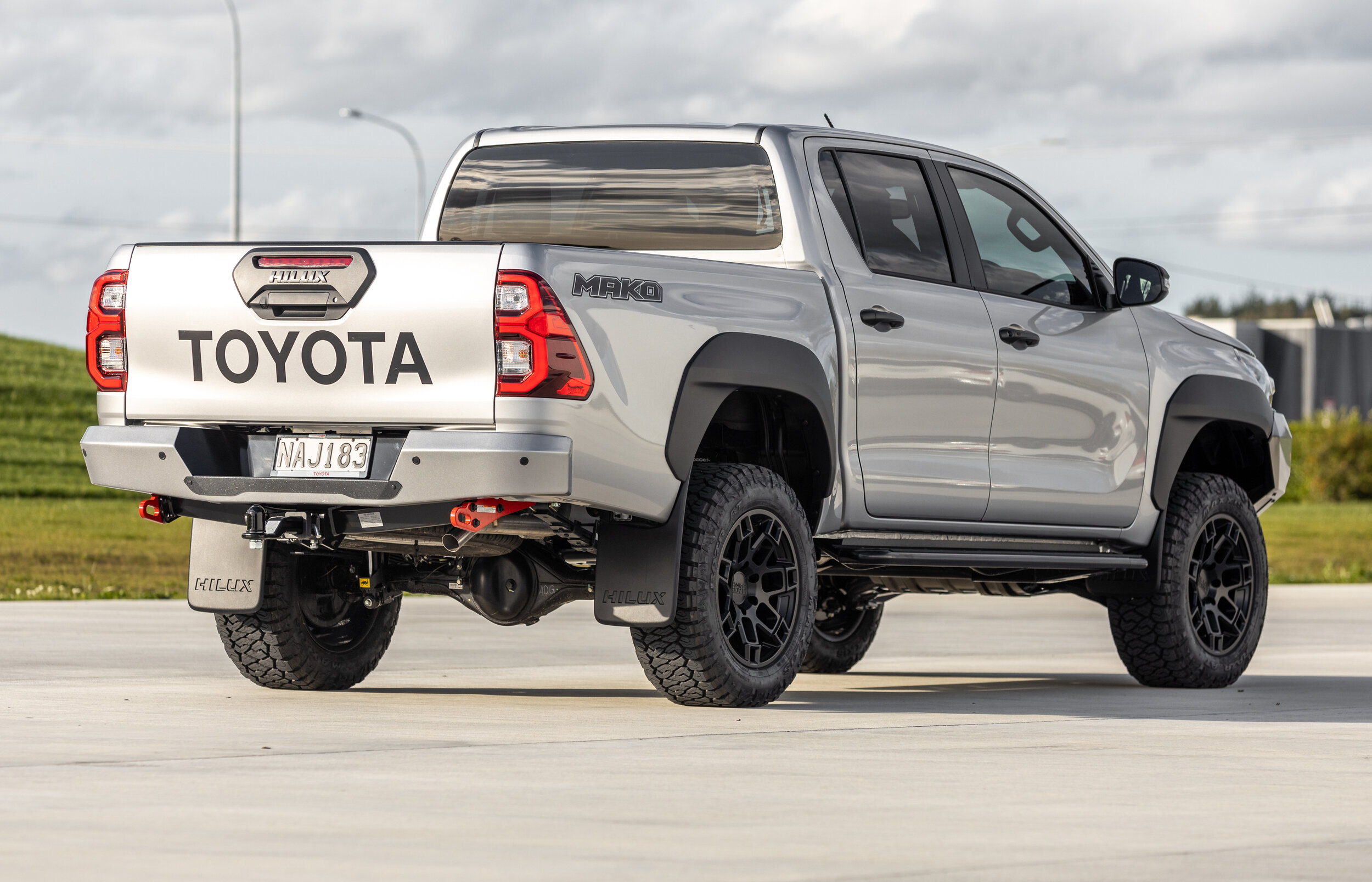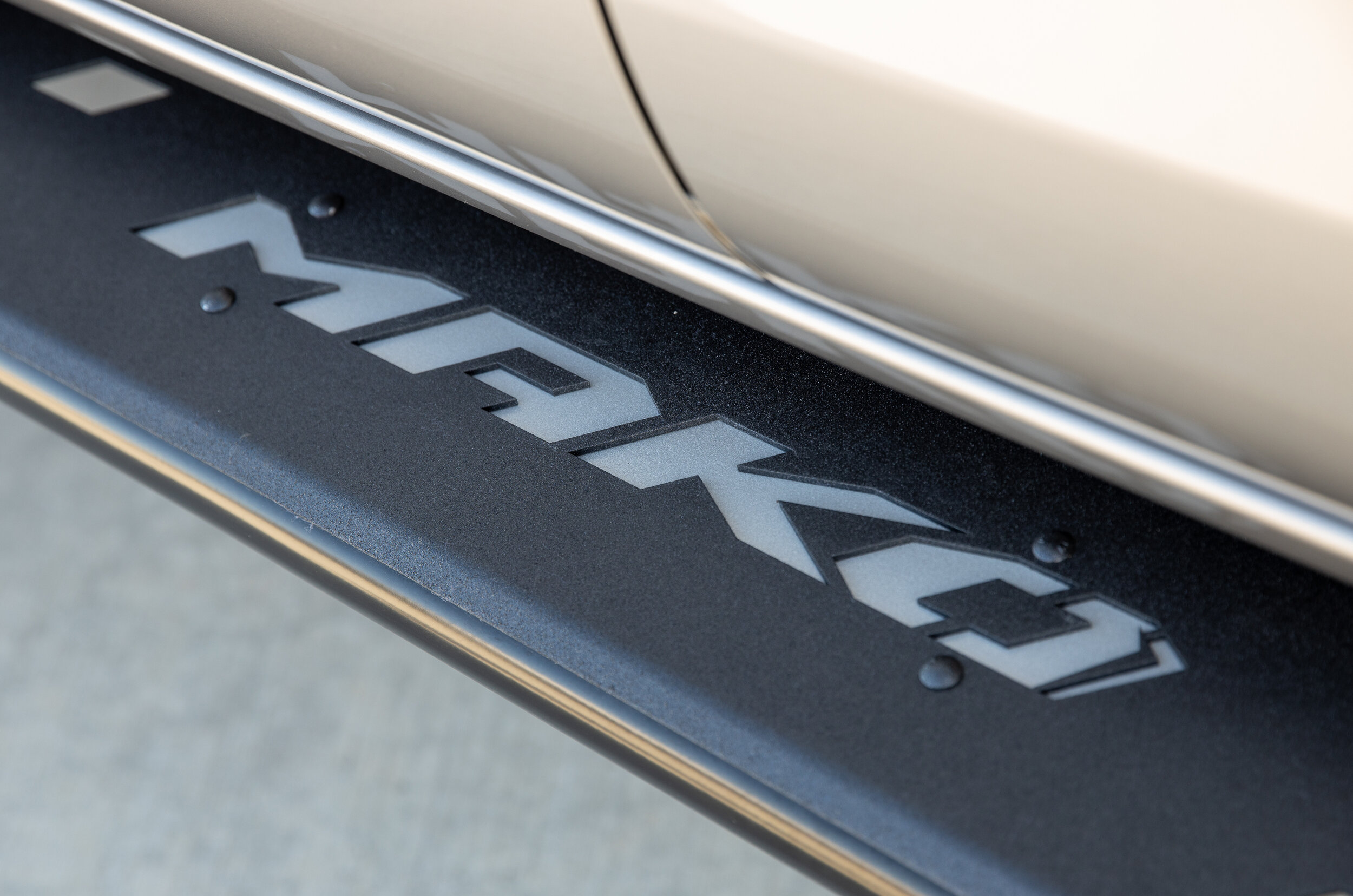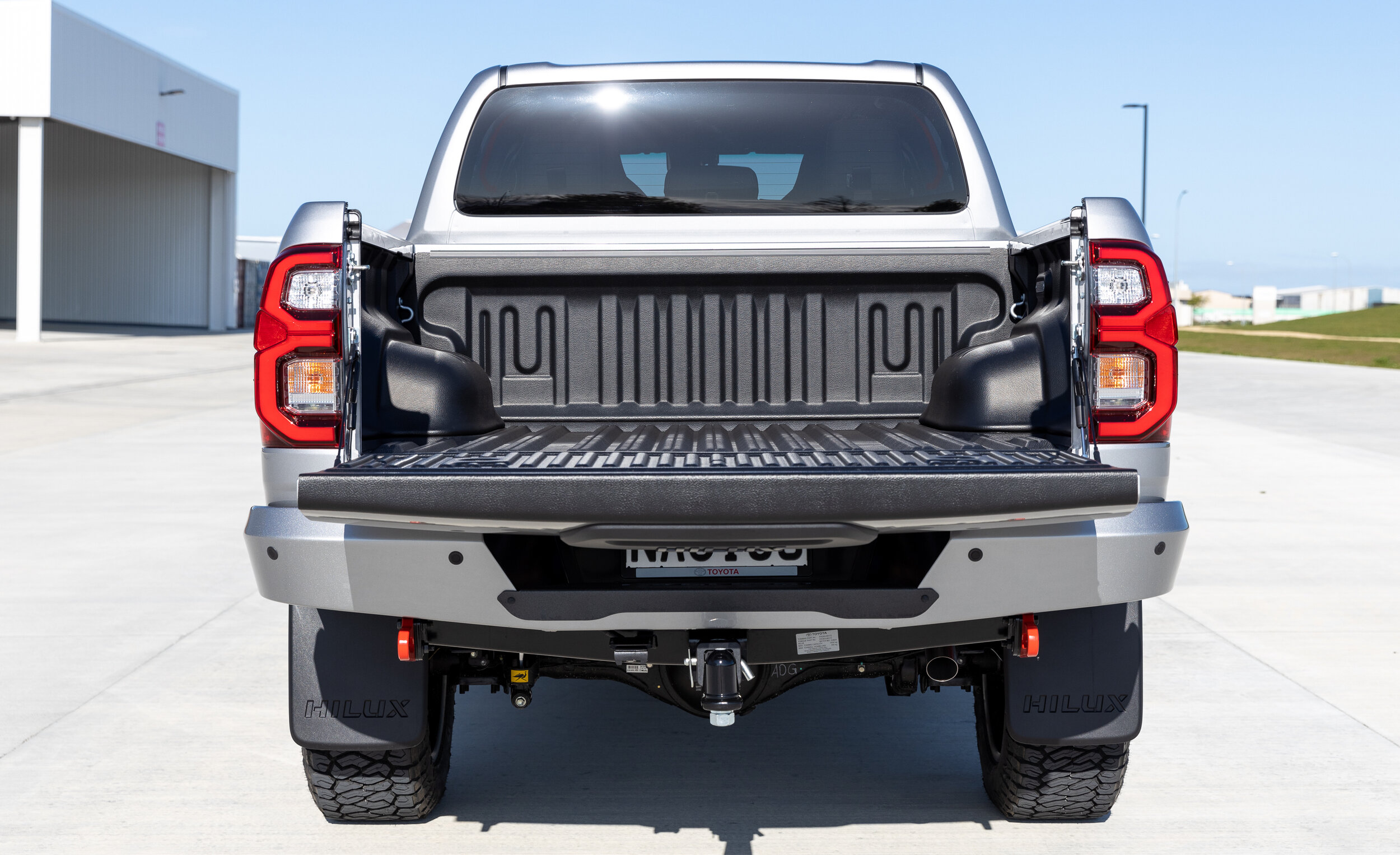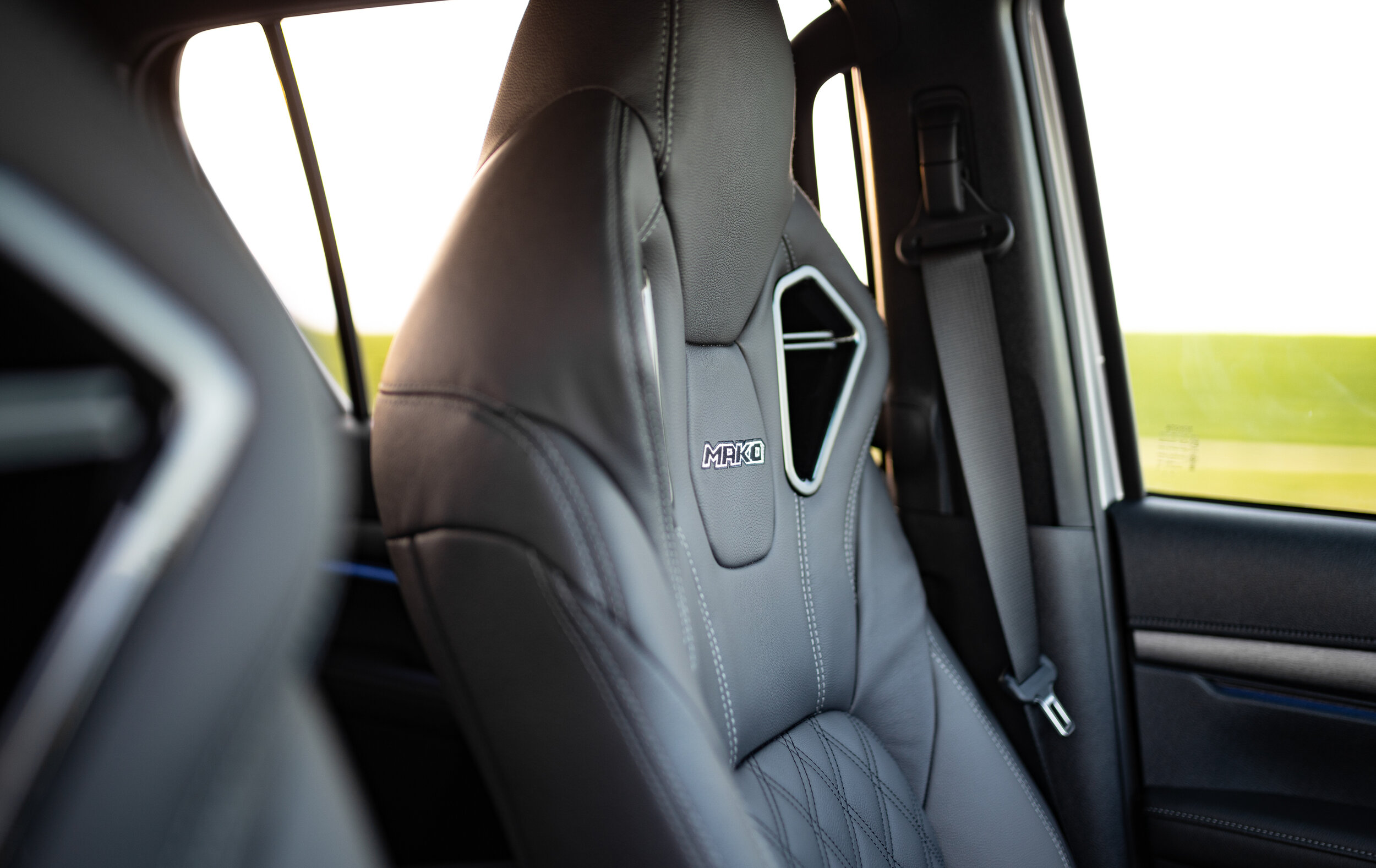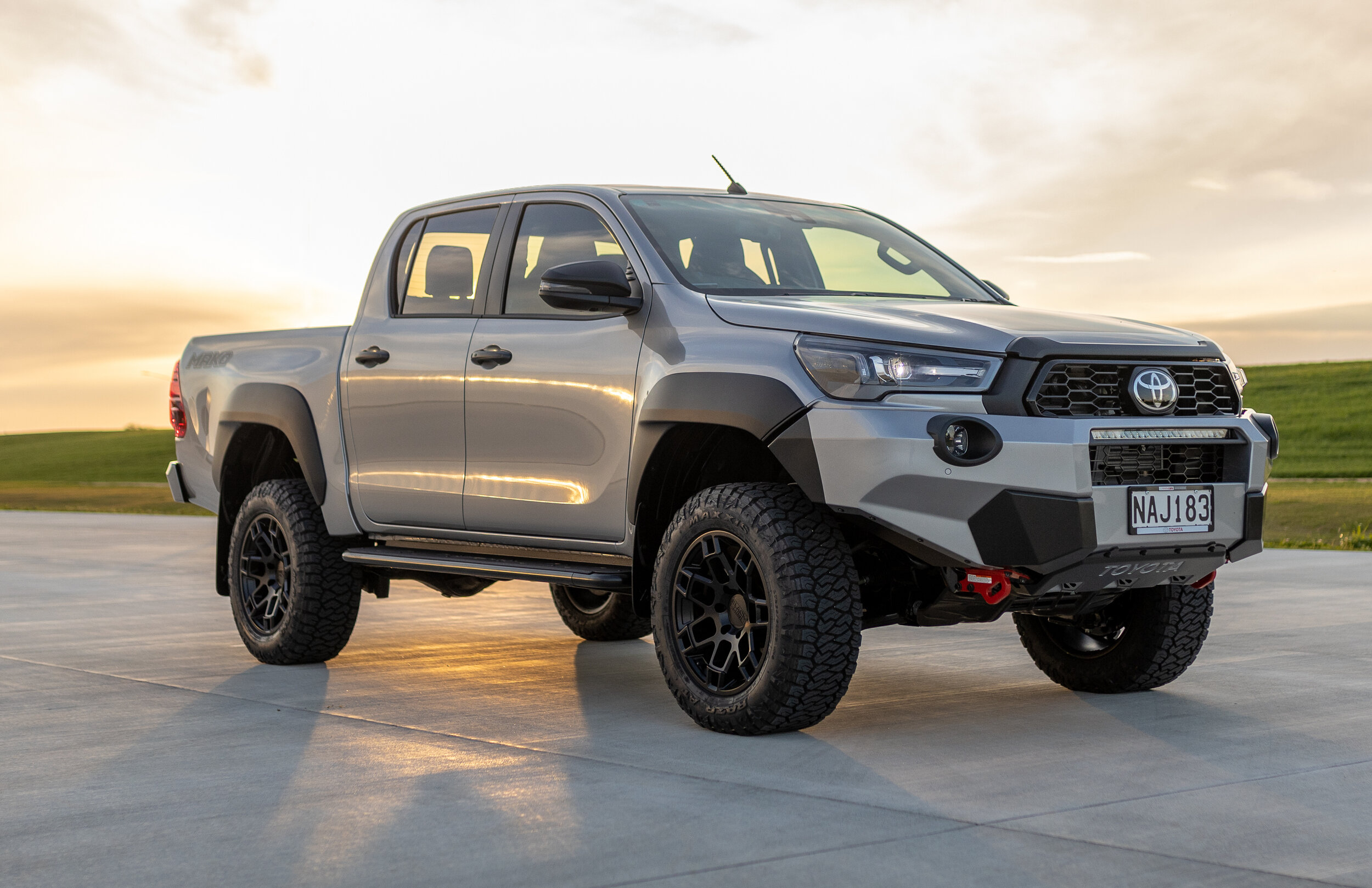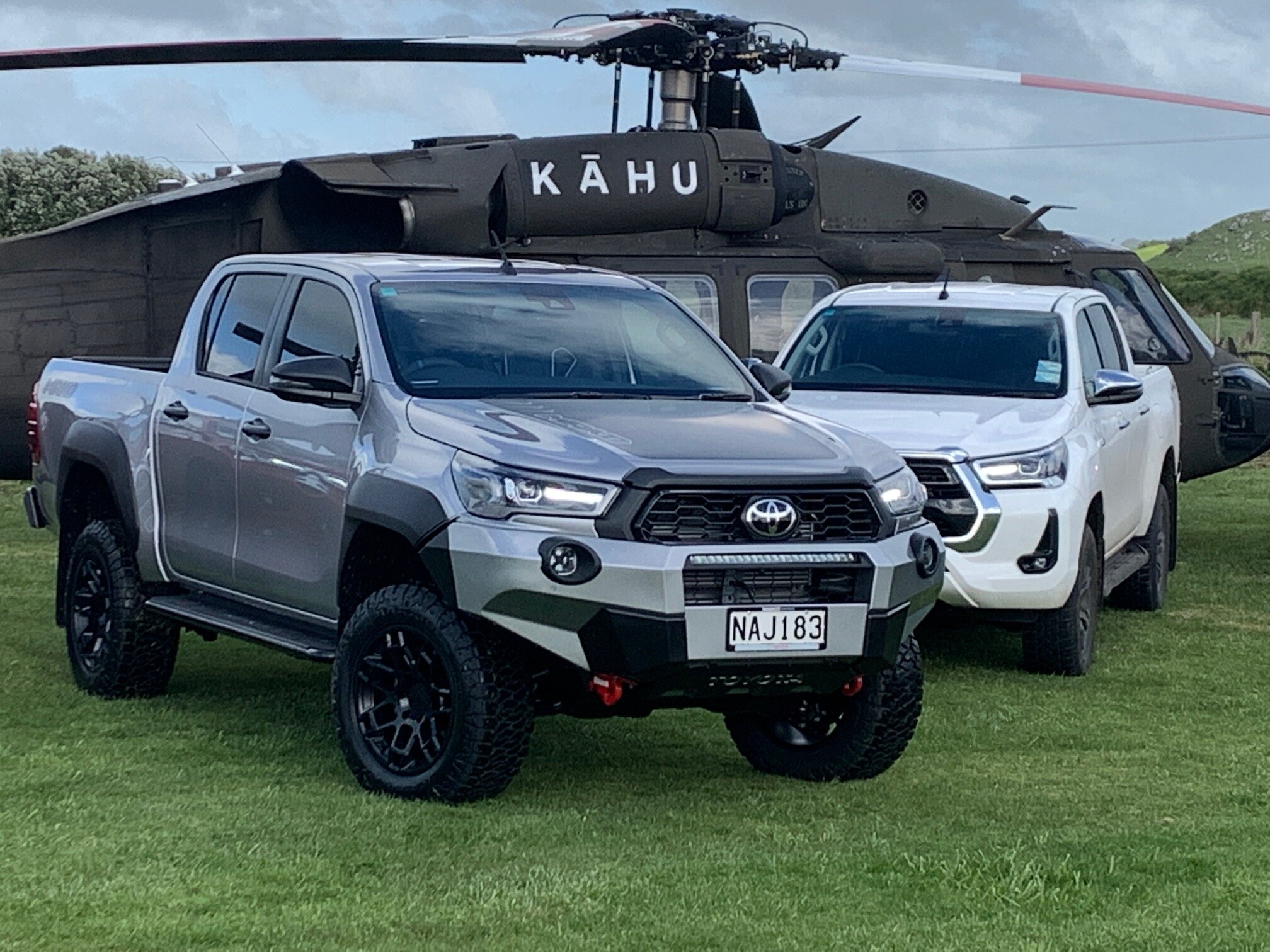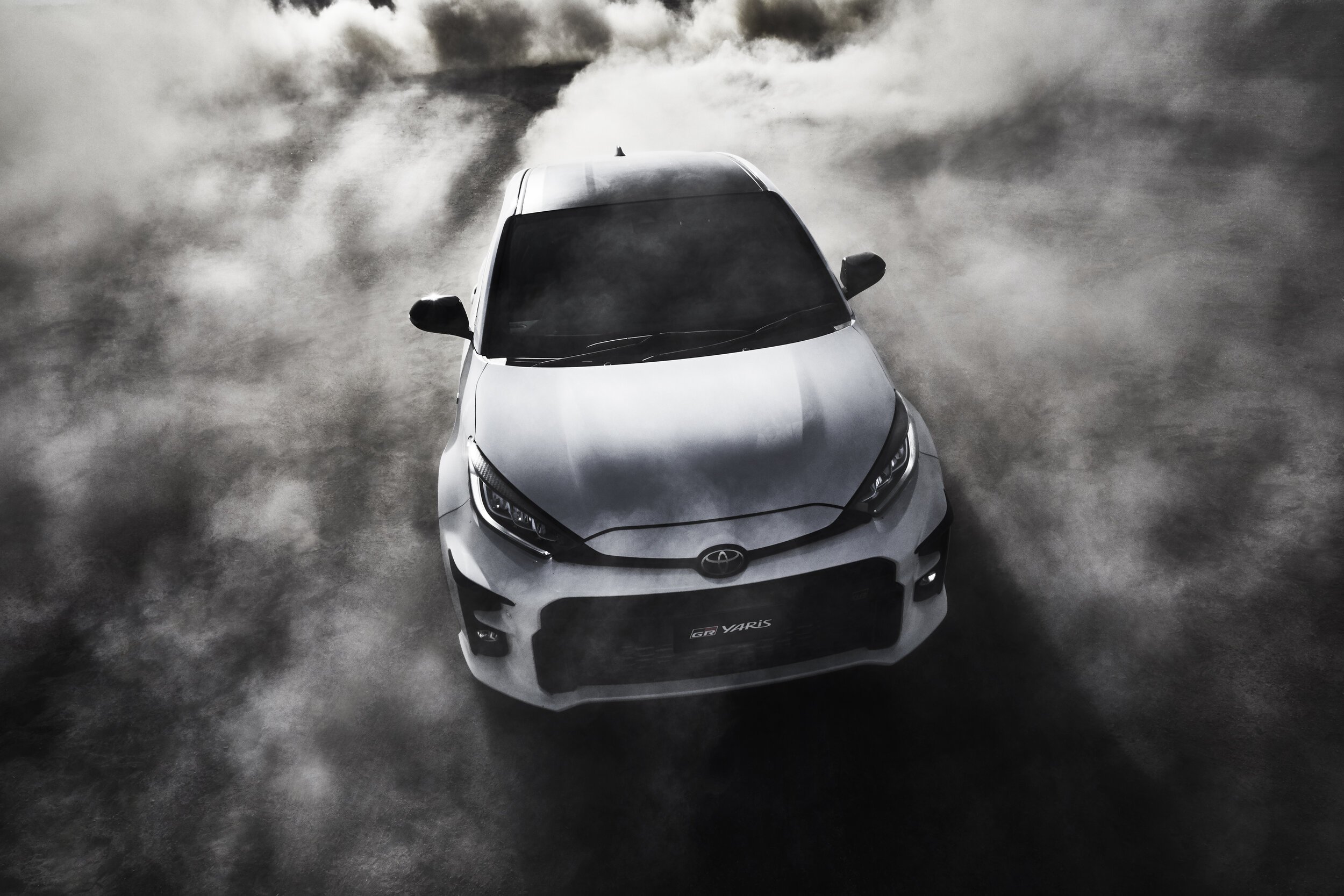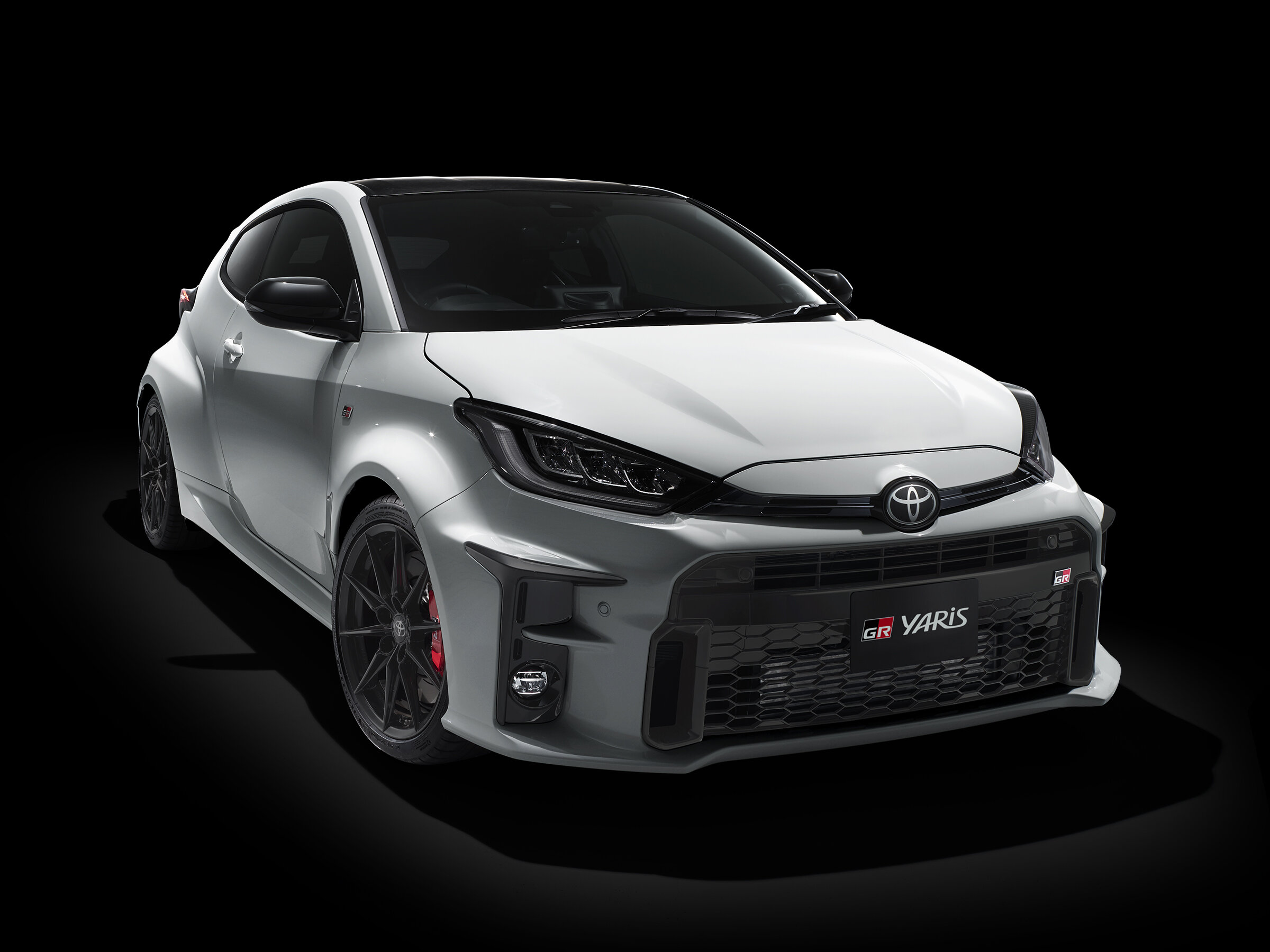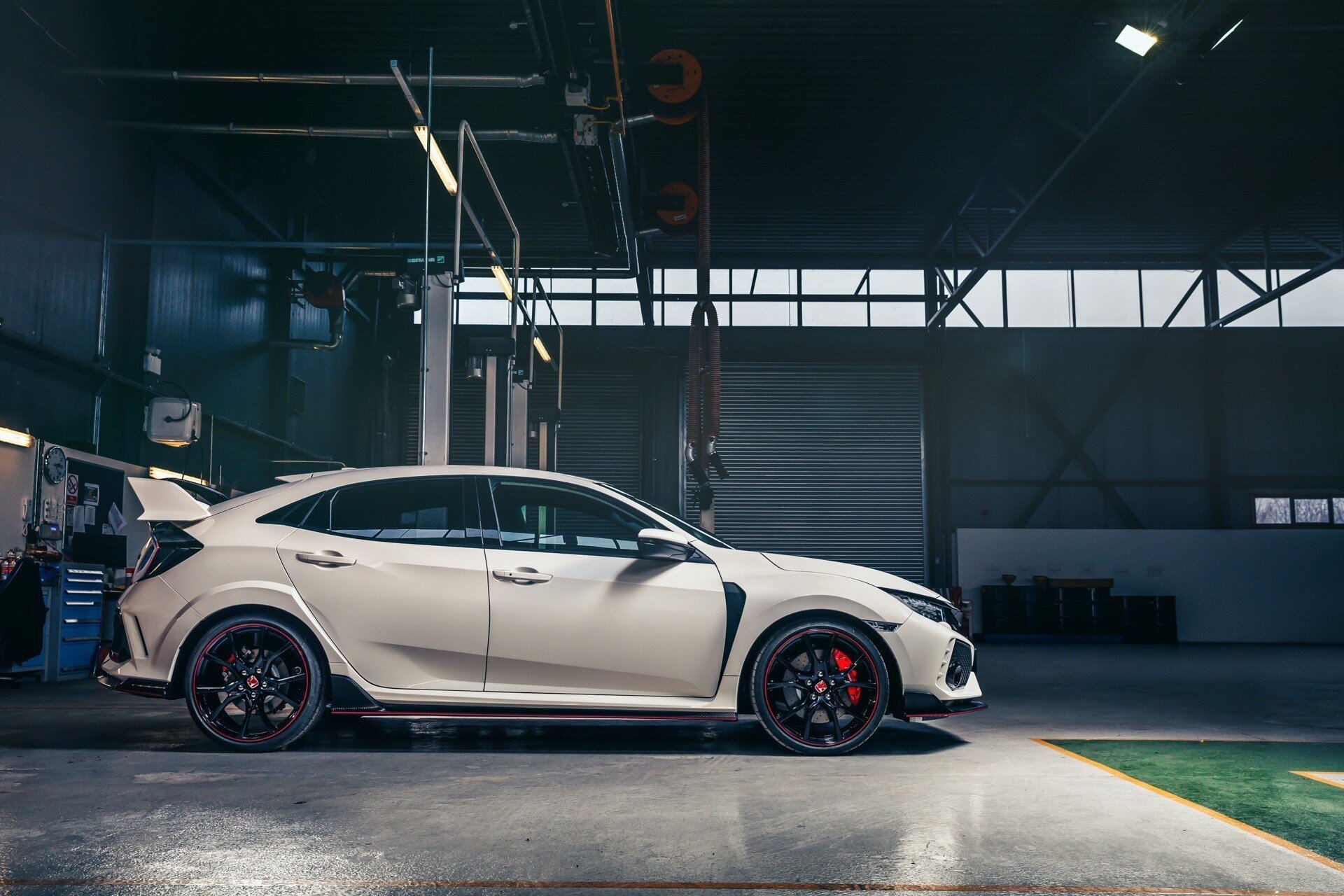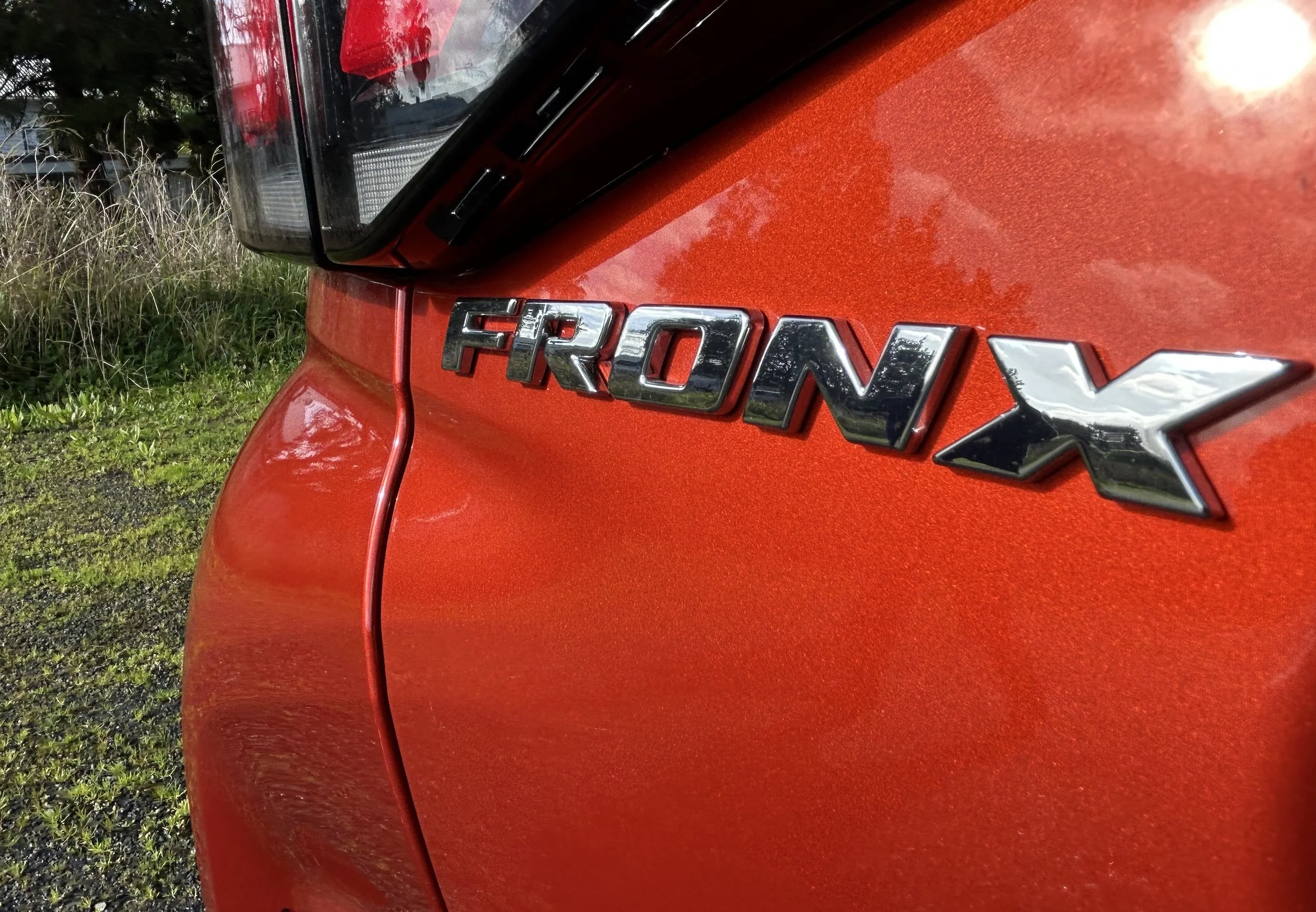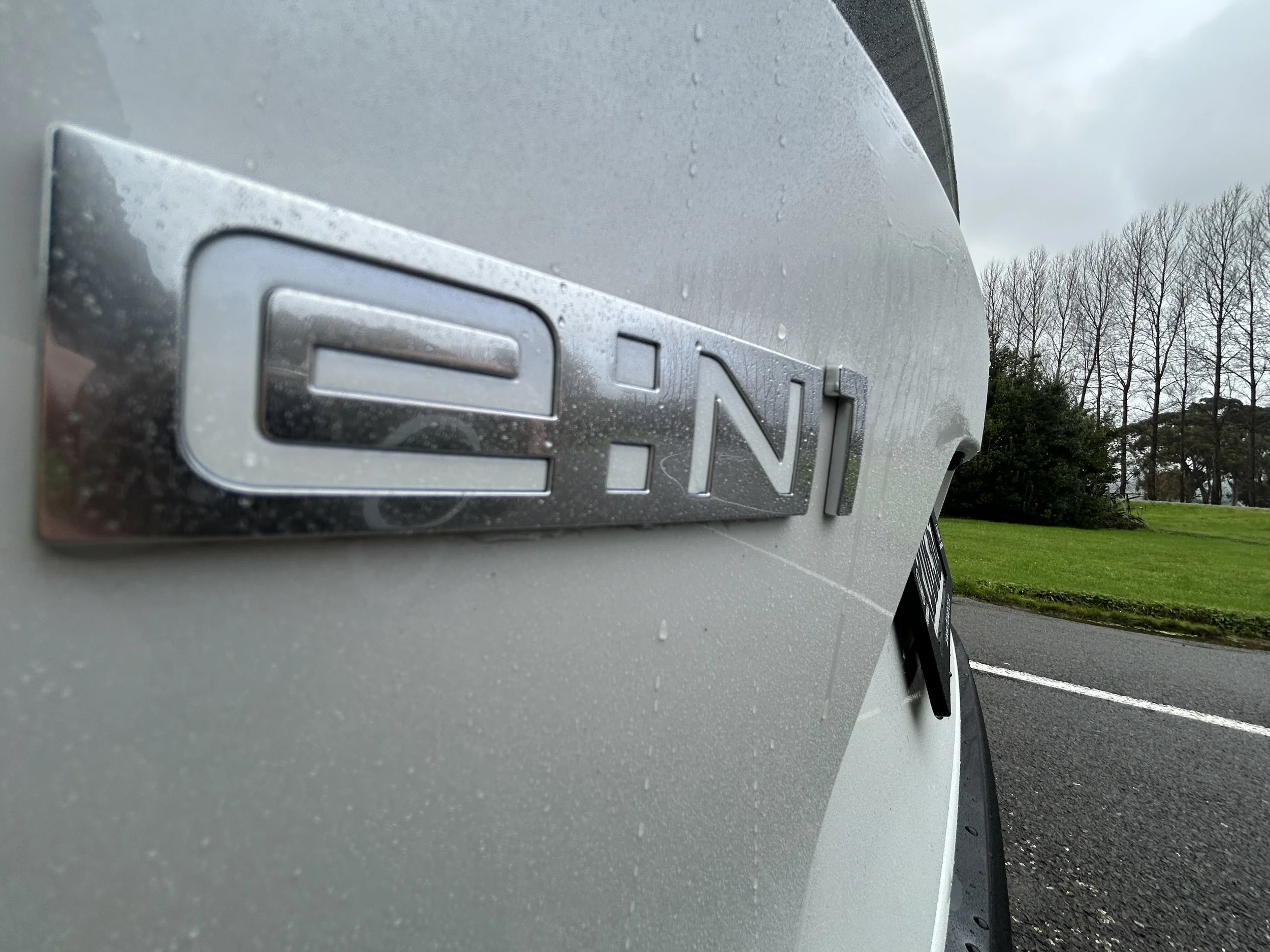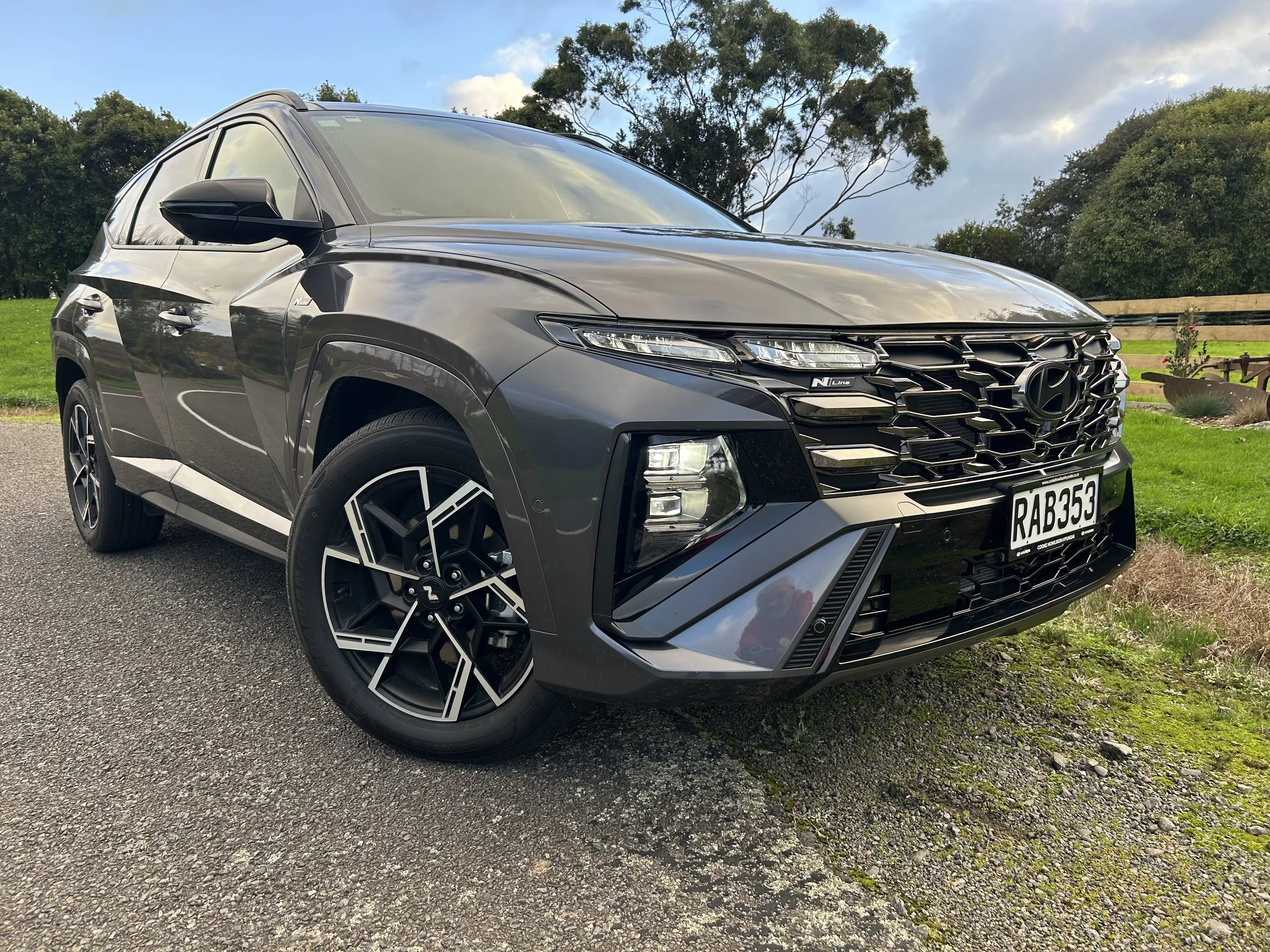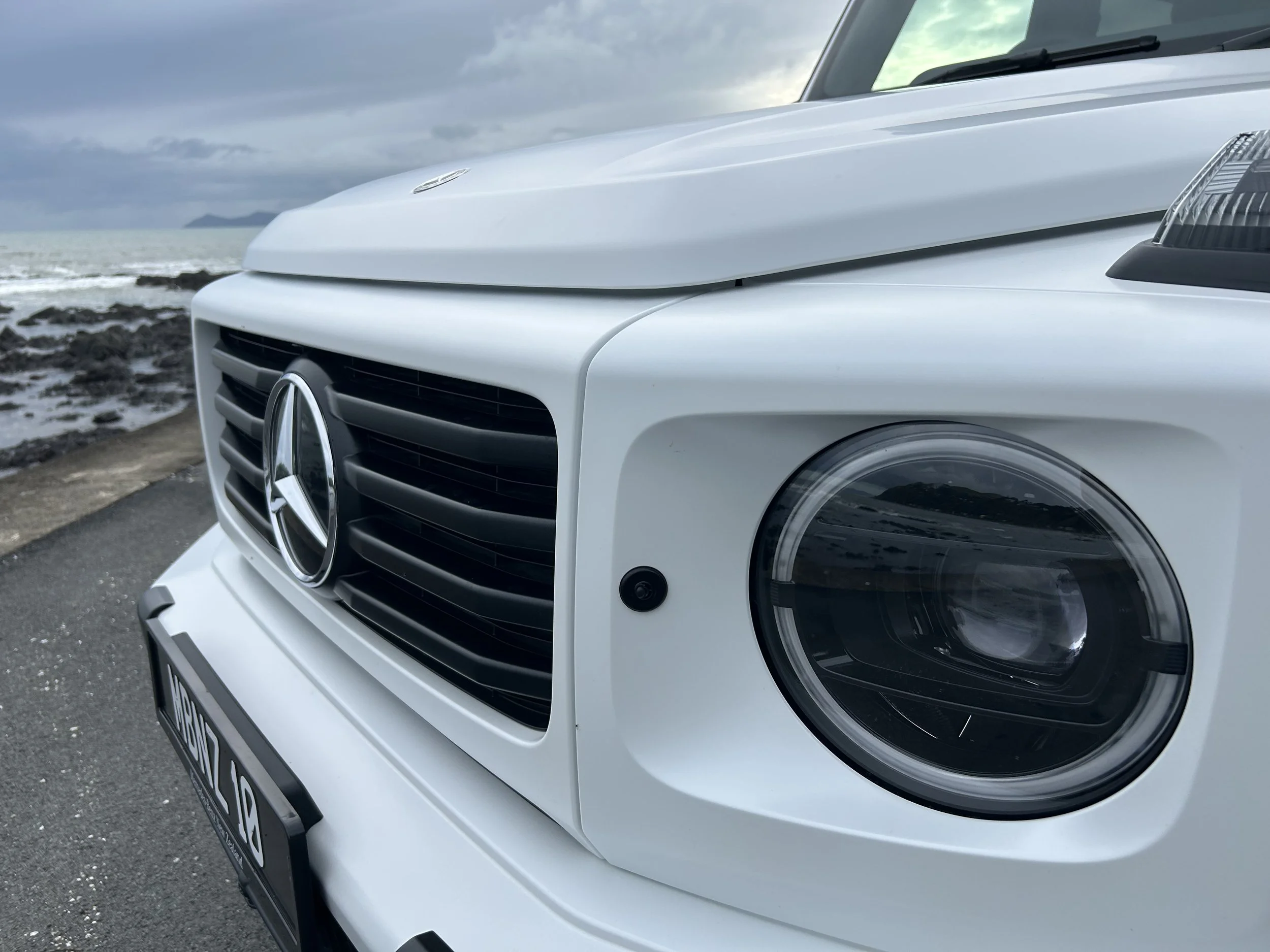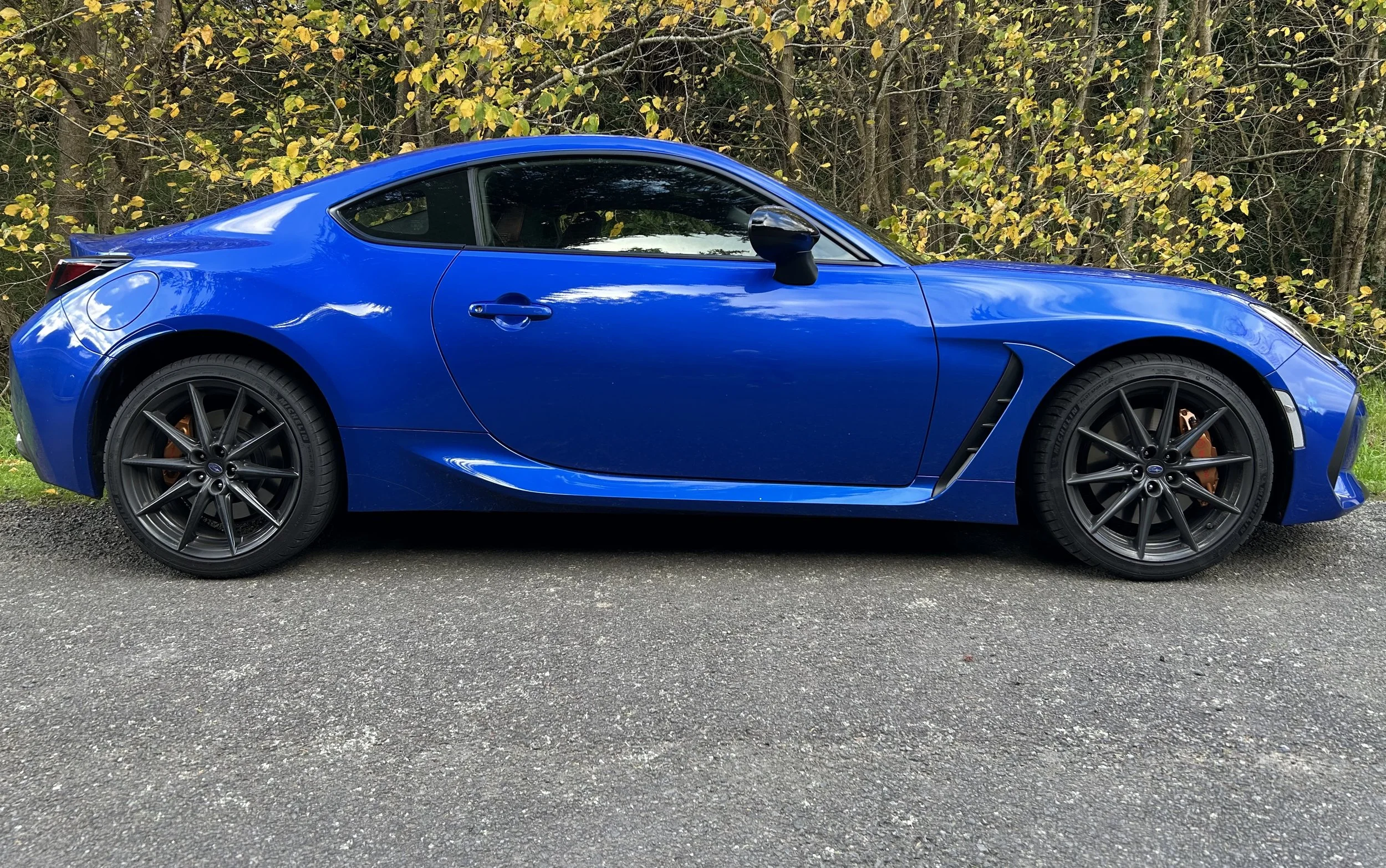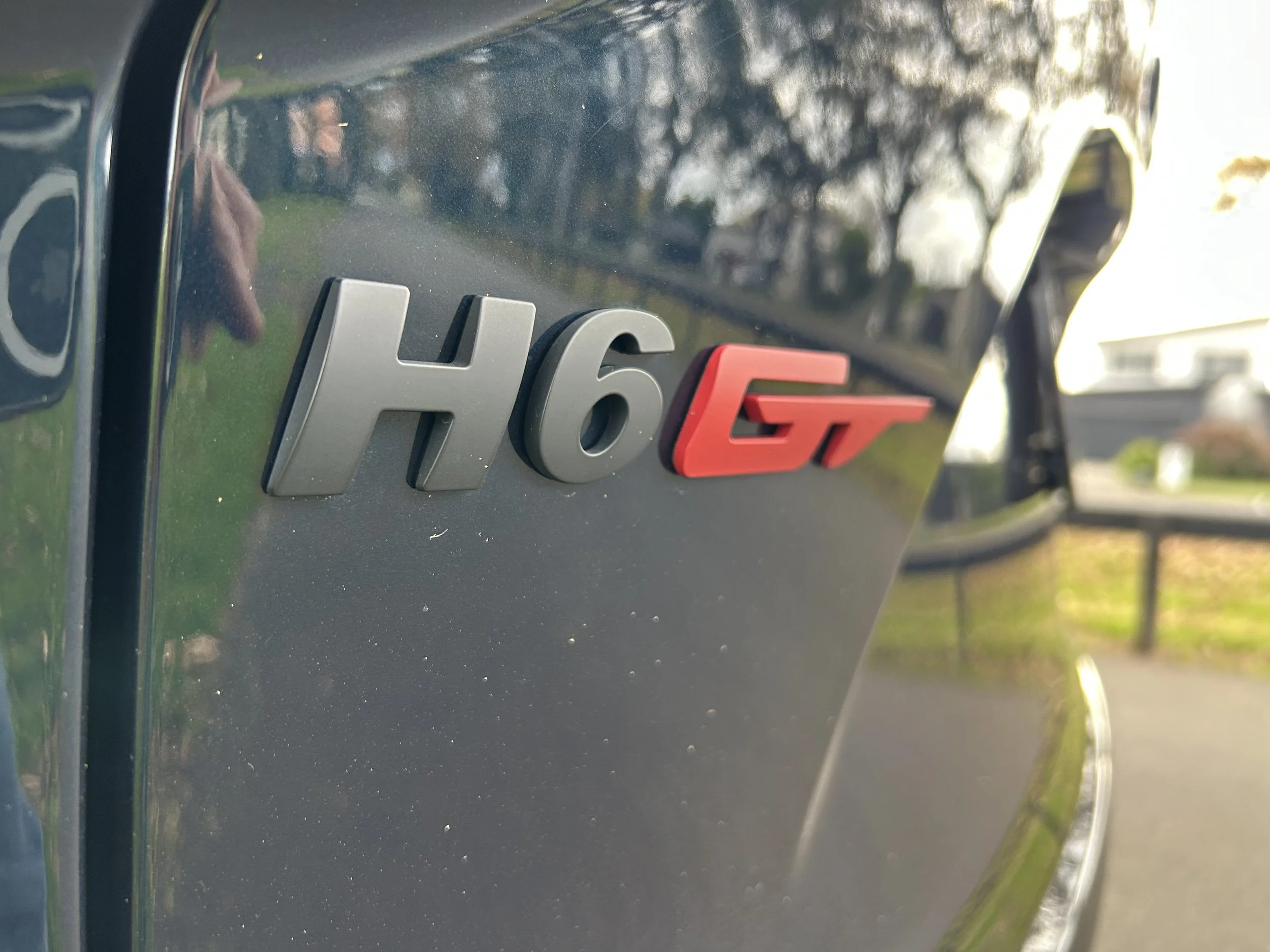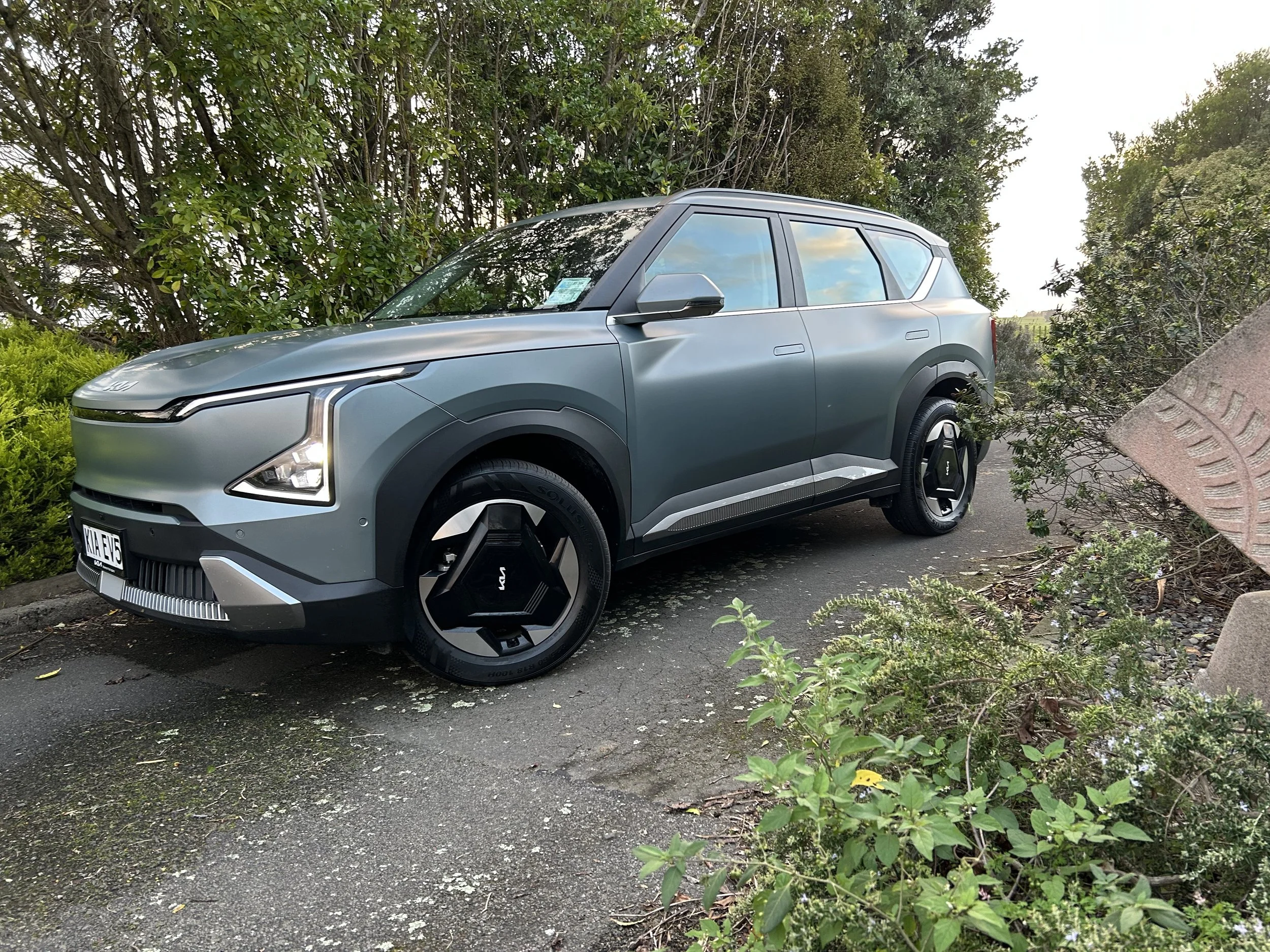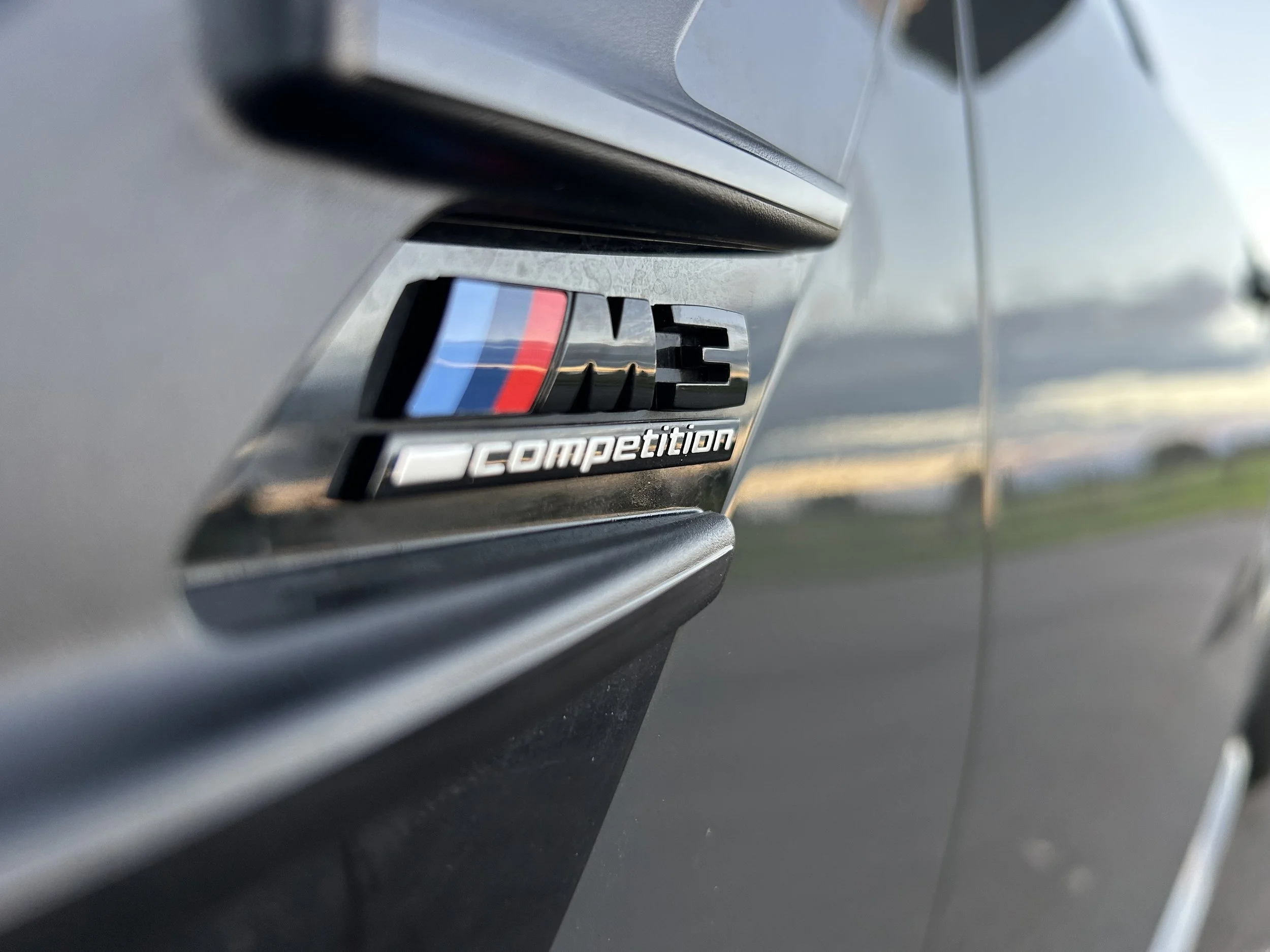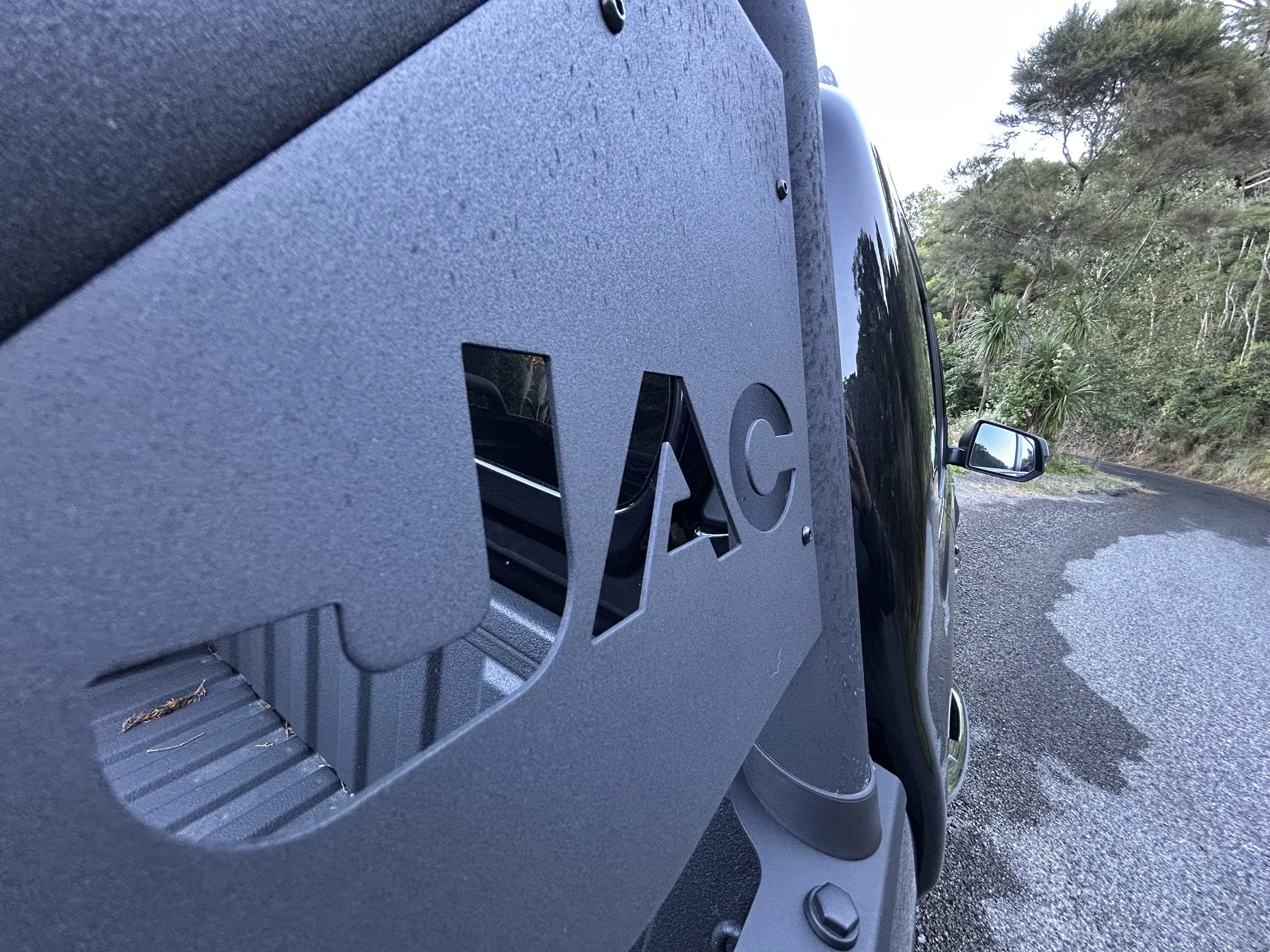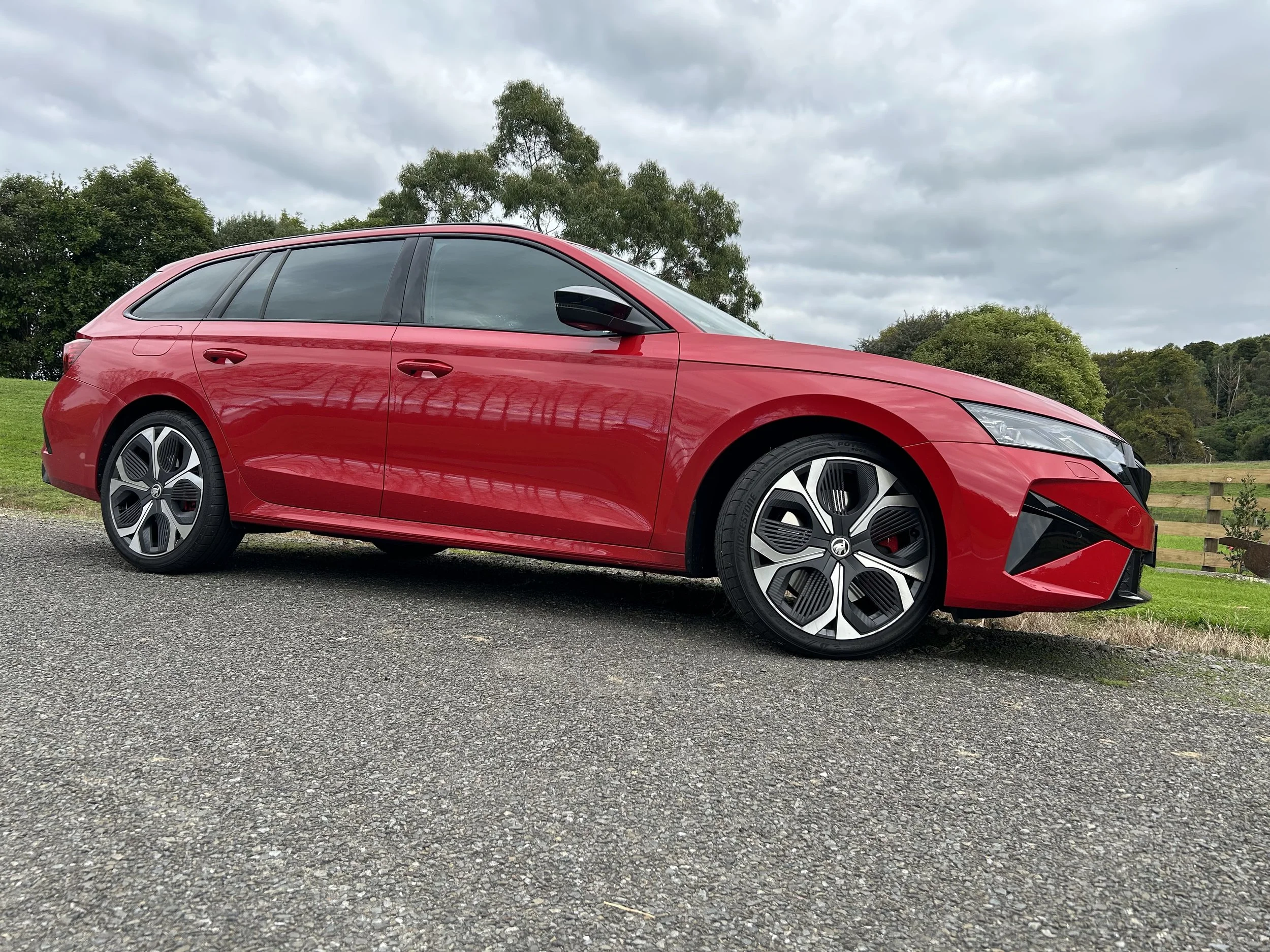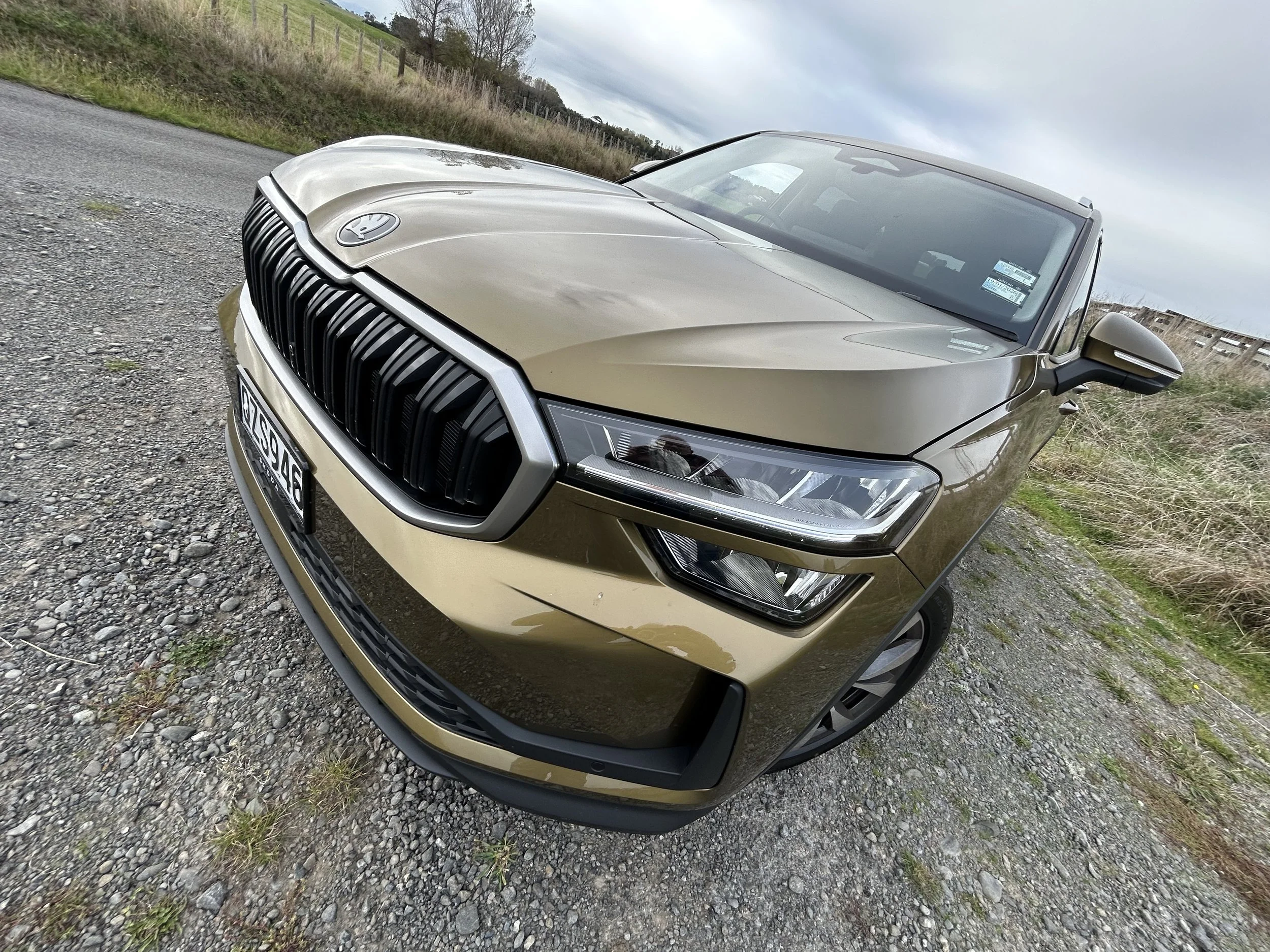What might have saved us could be the weather: Simply, the hotter the climate, the worse the problem seems to be. Also, it seemed less prevalent on automatics than the manual.
Says Morris: “From what I understand, this was not a global problem. It was very much our markets.
“Ambient temperature is an issue … we have certainly not seen it as a nationwide issue. The further north you go, the worse it seems to get.”
However, it’s not the sole factor for failure. Another is a common challenge for all diesel powertrains with DPFs struggle to cope with: Long-term idling and vehicles being driven short distances and at low speeds also accelerated the build-up of particulate matter.
Either way, the Toyota problem at its worst was impossible to ignore; blockages and the tell-tales of foul-smelling emissions from the exhaust, poor fuel economy and greater wear and tear on the engine – culminating in copious output of white smoke from the exhaust.
Toyota’s first try to get on top of this was an update to the engine software, the introduction of a DPF custom mode, and a manual inspection of the DPF for built-up particulate matter.
When that didn’t deliver as hoped, the factory stepped up to adding, in 2018, a button on the dashboard for owners to be able to manually regenerate the system if it was not automatically doing so at the required moment.
This button remains as a fully factory-fitted item in the 2020 models, which also gain more specific software and hardware improvements that, the make says, further improve the way the DPF operate and how it regenerates.
The button is a good back-up to the vehicle’s regenerative programming. “Automatic regeneration happens when the system determines it needs to be done, but it has to complete the cycle.
Some operators found that was an inconvenience, because the process requires a period of time to complete. The manual control therefore was better for them.
“If you’re operating in an environment where you don’t want it to regenerate during that time, you might prefer to action that process in a more convenient place.
“But I don’t know if our issue was entirely about just the regeneration, because it’s not just a DPF – that’s all part of a catalytic reduction system and it also requires a diesel oxidation catalyst, a catalytic converter.
“The DPF and catalyst are one unit. Exhaust gas passes through the catalytic converter first and then the soot is captured in the DPF.
“There are a number of different system designs but what you’re basically trying to do is poke fuel into the exhaust and get that to do the burning.
“You can do it in a number of different ways. One that is not uncommon is to inject fuel on the exhaust cycle, so you’re not combusting it, but putting it down the exhaust pipe.
“That’s problematic because it can also cause your oil to be diluted, and some brands have had that problem. We have had it in the past, on some used import vehicles.
“The Hilux uses a system that injects fuel directly into the manifold, using a fifth injector, and one of the problems we were having was seeing a certain amount of blockage in the oxidation catalyst.
“That caused white smoke and is what Hilux became known for.”
How to fix this? That was a frustration.
“We had a number of counter-measures … we tried a number of remedies along the way, all of which we thought would work … but they worked for some cases, but not for others.
“Our fault rate diminished over time, but we didn’t have a complete fix, so we weren’t able to satisfy all customers. It was frustrating for them and for us.”
But, finally, a breakthrough. “We are pretty confident now we have solved the problem.”
The end cost in dollars? Morris has no idea, but imagines it wouldn’t be paltry.
“It has been an expensive exercise but we’re all about ensuring people have a great customer experience. We regret that some people have not had a great experience in this case, but we have never given up.
“We have worked on solving the problem and stuck at it until it has been resolved.”
Meantime, as well as a resolution to this issue, the 2020 update powertrain also delivers a performance upgrade, with the engine now producing 150kW at 3400rpm and 500Nm at 1600-2800rpm when mated to the automatic transmission, whereas the manual transmission option develops a lesser 420Nm at 1400-3400rpm.






















